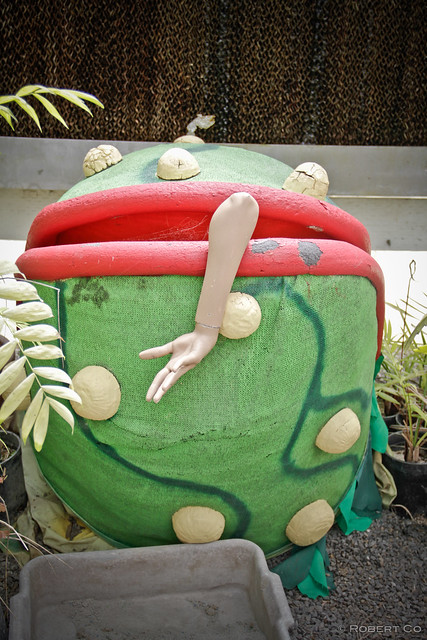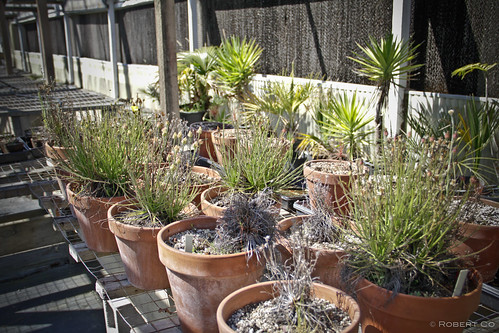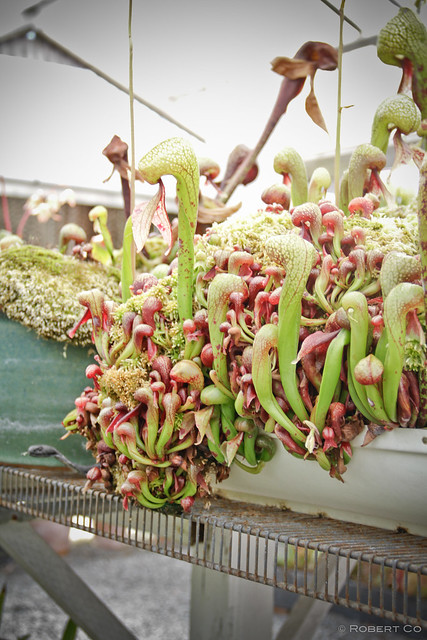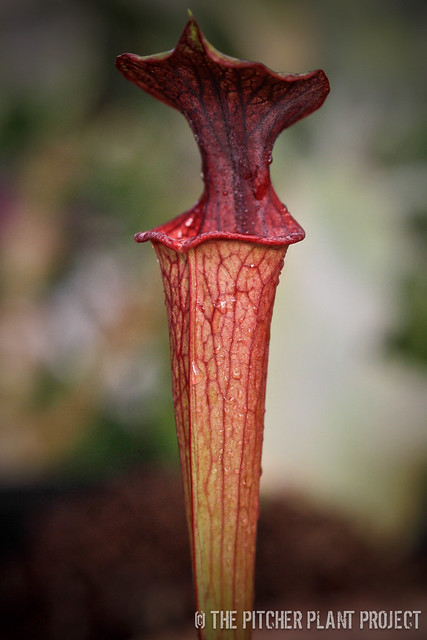 Sarracenia alata AF F2 seeds. The unfortunate first harvest of 2012.
Sarracenia alata AF F2 seeds. The unfortunate first harvest of 2012.
With all this moving, there was bound to be a casualty or two. One of the plants, I’m sad to report, didn’t quite make it. Anthocyanin free Sarracenia alata. (DAMN IT!) I was pretty upset even when I found this plant reduced to compost. I’ve come to accept that I will lose plants from time to time. I was really upset that it was a good plant. I was doubly PISSED that it was an anthocyanin free plant. If you haven’t figured it out by now, I am totally enamored by anthocyanin free plants. (Or simply”AF” for short. Also see: definition of anthocyanin.) I wanted to use this plant in future crosses pretty badly. But hey, stuff happens to us all. The stress from the division early in the year, poor conditions, energy spent in seed production, combined with another move — heck, all of that could of contributed to the plants demise.
There is a bright spot in this unfortunate loss: earlier in the year she threw up a flower and I self pollinated it. I checked the pod before I threw the plant out and I saw it had seeds. The reason I self pollinated the plant was to preserve the AF genetics for this species. Although the parent plant passed away, there is hope for the next generation of AF S. alatas in those seeds as well as in some other crosses I did using this plant. See, I also used the pollen from this AF Sarracenia alata for a couple of crosses with other forms of Sarracenia alata. My goal was to get that AF gene out there in the species one way or another. I know that the subsequent cross between the AF recessives, other AF recessives, and pure AF plants will unlock that AF gene. (By the way, when I say “recessive”, it’s like saying that AF gene is “hidden” or “silent” – you won’t really know it’s there by looking at it.) How’s all of that for some AF plant breeding nerdiness? Even though the main parent plant is no longer with me, a legacy has been left behind that I hope will grow on in future generations.



































